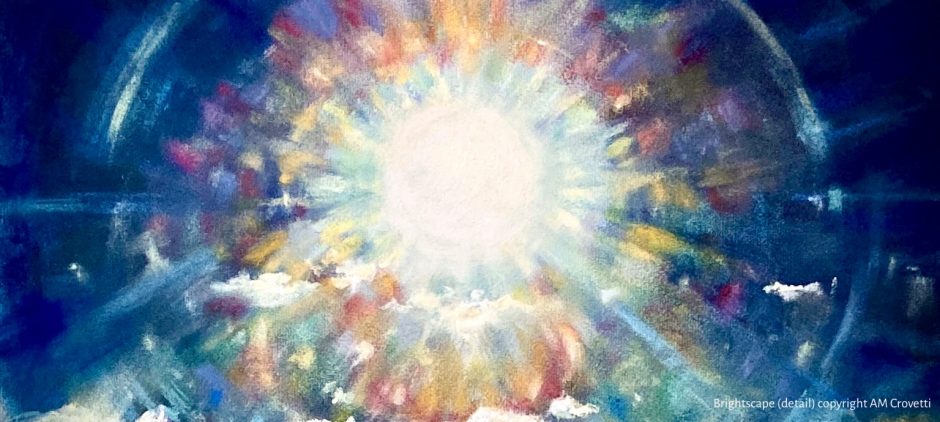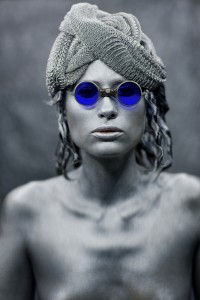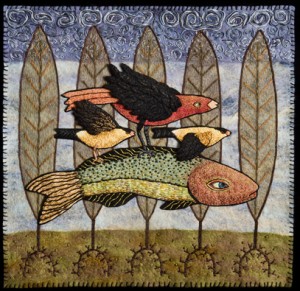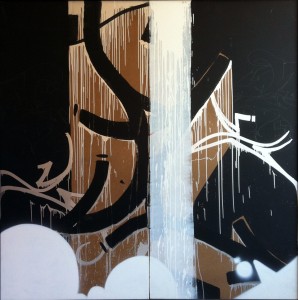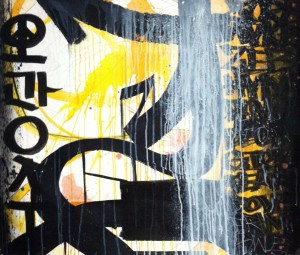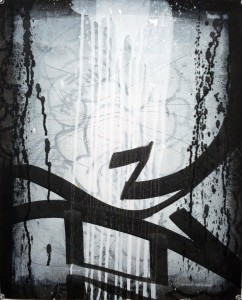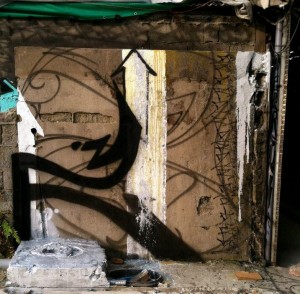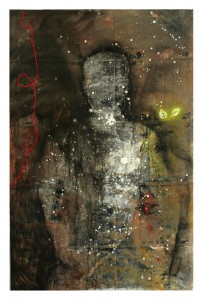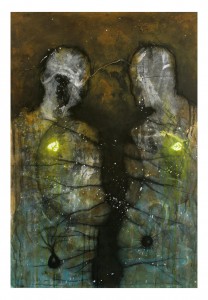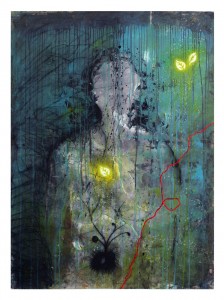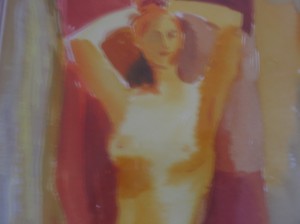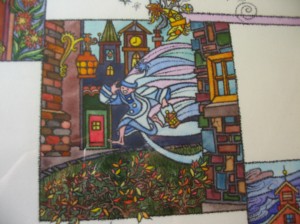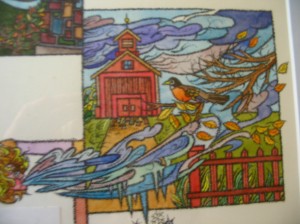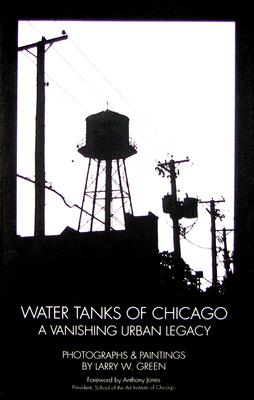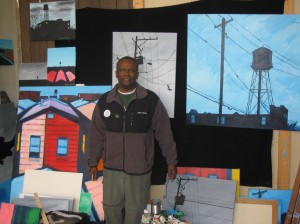Here at Off the Grid I’ve been working behind the scenes, getting ready to introduce you to a few remarkable talents. In the meantime, the BookPixie–a young and talented dynamo of a blogger–kindly invited me to write a guest post for her blog , which features a wonderful assortment of mostly YA reviews, interviews, giveaways & book news. (For a chance to win a free copy of Nonna’s Book of Mysteries via the BookPixie, click here. ) My topic: forgotten feminist themes in young adult literature and why the heroine of Twilight is, well, a step backwards for young women. Here tis:
Twilight, Patriarchy, and Forgotten Feminists
 Before Twilight, exotic vampire stories from Eastern Europe traveled west, leading to occasional episodes of mass hysteria and inspiring Bram Stoker to write the quintessential vampire novel, Dracula, in 1897. The success of the book gave rise to a trendy new genre of fiction, later popularized by Anne Rice’s Vampire Chronicles and Stephanie Meyer’s series. While I am not a fan of horror fantasy and am too chicken to watch scary movies, I was in some ways drawn to the dark themes and imagery of Twilight. The story evokes strong archetypes and explores hidden desires. I tore through the five-hundred page book in just a few days. Still, there is something about the vampire craze and the Twilight books that unsettles me. Could it be the fact that Stephanie Meyer sold about 10,000 times more books than I have? Well, maybe. But I think it has more to do with the underlying patriarchy of the vampire theme: the heroine, Bella, is an unexceptional mortal who stands in awe of her love interest, the supernatural Edward, who surpasses her in every way. Twilight is entertaining, but Bella is a far cry from the strong-willed characters of classic literature like Jo March, Jane Eyre, or the more recent Hermione Granger. The Twilight books are highly readable, and that may be enough. What they teach women about themselves is another matter.
Before Twilight, exotic vampire stories from Eastern Europe traveled west, leading to occasional episodes of mass hysteria and inspiring Bram Stoker to write the quintessential vampire novel, Dracula, in 1897. The success of the book gave rise to a trendy new genre of fiction, later popularized by Anne Rice’s Vampire Chronicles and Stephanie Meyer’s series. While I am not a fan of horror fantasy and am too chicken to watch scary movies, I was in some ways drawn to the dark themes and imagery of Twilight. The story evokes strong archetypes and explores hidden desires. I tore through the five-hundred page book in just a few days. Still, there is something about the vampire craze and the Twilight books that unsettles me. Could it be the fact that Stephanie Meyer sold about 10,000 times more books than I have? Well, maybe. But I think it has more to do with the underlying patriarchy of the vampire theme: the heroine, Bella, is an unexceptional mortal who stands in awe of her love interest, the supernatural Edward, who surpasses her in every way. Twilight is entertaining, but Bella is a far cry from the strong-willed characters of classic literature like Jo March, Jane Eyre, or the more recent Hermione Granger. The Twilight books are highly readable, and that may be enough. What they teach women about themselves is another matter.
As Twilight begins, Bella is something of a misfit, feeling quite out of place when she arrives in Forks, Washington State, from Phoenix. An ordinary girl, she considers herself hardly worthy of Edward Cullen’s notice, and she spends most of her time pining away for him. While century-old Edward is depicted as stunningly handsome, smart, and rich, Bella is just a plain teenage girl, possessing little in the way of talent, interests, or hobbies outside of her vampire lust. There are, of course, positive messages for teens in the book. Bella and Edward remain chaste and devoted to one another. Catholics appreciate the message that is offered when the newly married Bella chooses to carry her baby to term, despite the fact that doing so might kill her. As far as feminist ideals and the movement toward greater equality, the book is a step backward from books that celebrate the strength and independence of women.
 For better or worse, I was not thinking of the popular trends in teen fiction when I wrote Nonna’s Book of Mysteries. The story is about a young woman who dreams of becoming a painter in Renaissance Florence at a time when apprenticeships for women do not exist. Emilia Serafini’s quest is guided by a mystical book of alchemy that is passed from mother to daughter in her family. Nonna’s won an American Library Association Bloomer nomination for best feminist books for teens, but the book is best loved, I think, by readers who prefer Little Women to Twilight. While Emilia is often preoccupied with thoughts of romance, like Bella Swan, she cannot easily sacrifice her ambition for love.
For better or worse, I was not thinking of the popular trends in teen fiction when I wrote Nonna’s Book of Mysteries. The story is about a young woman who dreams of becoming a painter in Renaissance Florence at a time when apprenticeships for women do not exist. Emilia Serafini’s quest is guided by a mystical book of alchemy that is passed from mother to daughter in her family. Nonna’s won an American Library Association Bloomer nomination for best feminist books for teens, but the book is best loved, I think, by readers who prefer Little Women to Twilight. While Emilia is often preoccupied with thoughts of romance, like Bella Swan, she cannot easily sacrifice her ambition for love.
In Twilight, Bella derives her meaning and power from her love interest. Feminist characters like Jo March and Emilia Serafini discover their personal identities and earn their rewards when they pursue their individual passions, work hard to achieve their life goals, and learn from past mistakes. In Nonna’s Book of Mysteries, Emilia also learns from her grandmother’s legacy, the mysterious alchemical text. While alchemy refers to the transformation of base metals into gold, it is also a metaphor for the personal transformation which occurs when you commit to finding your highest destiny. To the alchemist, the achievement of inner wisdom matters more than the fulfillment of material wants and desires.
It may well be that Bella’s highest destiny was to marry Edward. I do hope they live happily ever after. For girls in the real world, my wish is for them to become smart, bold, and brave. Having a loving and supportive life partner is an undeniable blessing in life. But in my experience, ultimate happiness is achieved when you make use of your unique talents and stop at nothing in order to accomplish the thing you were born to do.
